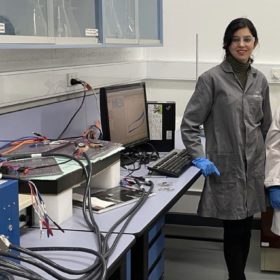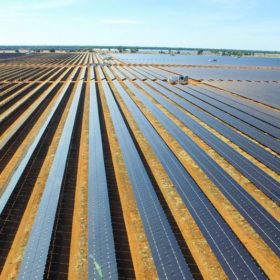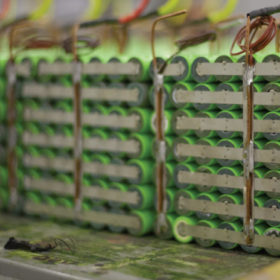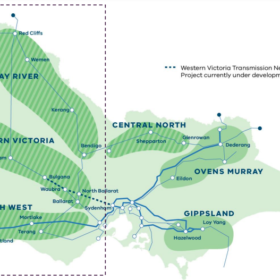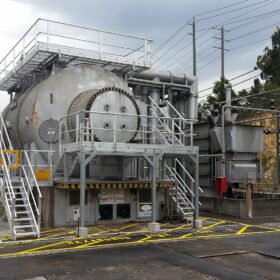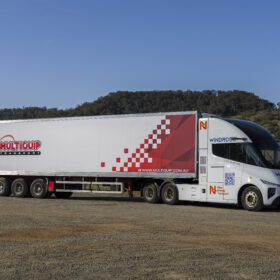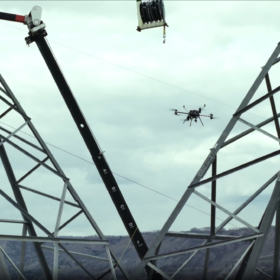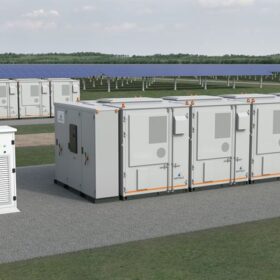Melbourne PhD students pioneering new method of recycling li-ion batteries
Three PhD students from Melbourne are moving their research into recycling lithium-ion batteries from the labs into pitch meetings, vying to become one of the first companies in Australia to recover the metals and minerals from spent batteries. Their method, they say, is simpler, less toxic and more cost competitive than those widely used.
WA to install the country’s longest electric highway
Western Australia will install electric vehicle (EV) stations at 45 new locations, creating a fast charging network spanning more than 3,000kms.
Energy giant’s $2.06 billion loss labelled a ‘Titanic’ failure
Australia’s largest energy retailer AGL has blamed an “extremely challenging market” prompted in part by the ongoing penetration of renewables, including rooftop solar PV, after reporting a $2.06 billion full-year net loss.
Energy storage with recycled batteries from Brazil
Energy Source, a Brazilian battery specialist, is currently providing energy storage services with reused and recycled batteries. Battery recycling and related metals recovery are conducted separately, without the burning of materials.
NSW’s largest electricity user plans to go green, abandoning AGL’s coal
One of the country’s most electricity-intensive smelters plans to switch to renewable energy, a move which would drastically reduce its footprint and will send a clear message to generators that even if the federal government continues to support coal, Australia doesn’t.
Labor to disallow Taylor’s ARENA rout despite last week’s defeat
The ARENA saga continues, with shadow minister Chris Bowen confirming the Labor party will disallow Angus Taylor’s attempt to gut the Australian Renewable Energy Agency.
REZ wriggle on – Queensland and Victoria seek input
Both Victoria’s and Queensland’s state governments are moving on their renewable energy zones (REZs) with tight deadlines looming for hopeful projects in Victoria, while further north the government is eager to hear from local communities.
IPCC report issues blunt 2030 climate warning
The world authority on climate change, the Intergovernmental Panel on Climate Change, has issued its Sixth Assessment Report, the most scathing yet, declaring our current trajectory of global warming will reach 1.5C by 2030. The report makes clear the heightened climatic effects of climate change will only increase, with the transition to renewable energies our only hope.
Saturday read: Going full circle with battery recycling
With manufacturing ramping up year by year and policies already looking to get ahead of the large volumes of end-of-life products, the landscape for lithium-ion battery recycling is rapidly changing. pv magazine recently spoke with Mari Lundström, associate professor of chemical and metallurgical engineering at Aalto University, to find out what is needed on the research side for the effective recycling of batteries.
Laying foundations for transformation: Queensland startup answers need for grid digitalisation
Patrick Matweew, CEO of Australian startup Luceo Energy, is fully aware grid digitalisation stirs fervour in the hearts of few. It is, nonetheless, perhaps the single most important step in realising our clean energy future. “It’s not spoken about enough because it sits in that little niche. There might be other things that are a little bit more sexy, but this is really where the fundamentals get put in place to enable [everything else],” he told pv magazine Australia.
